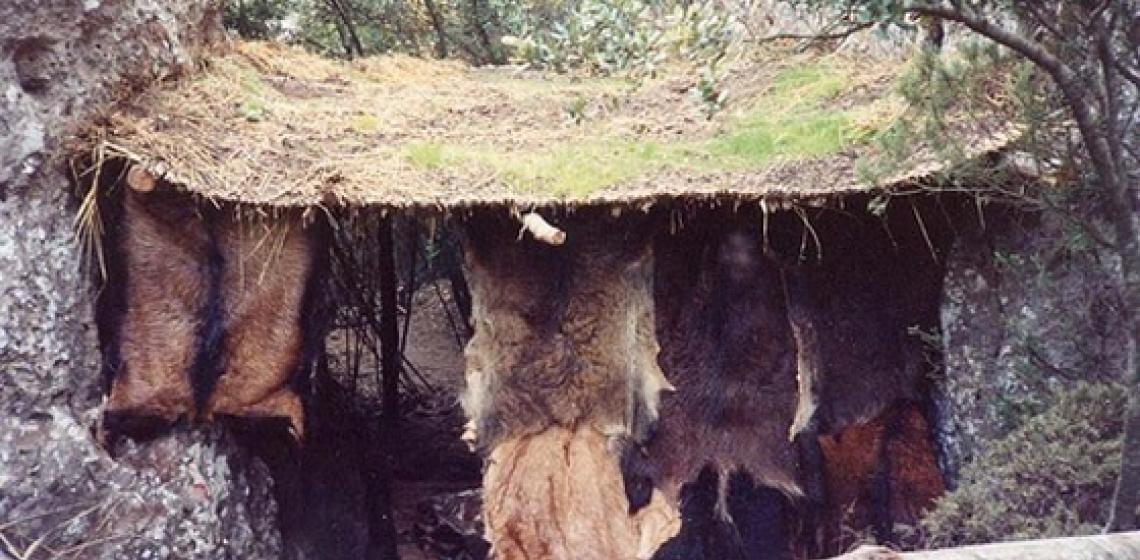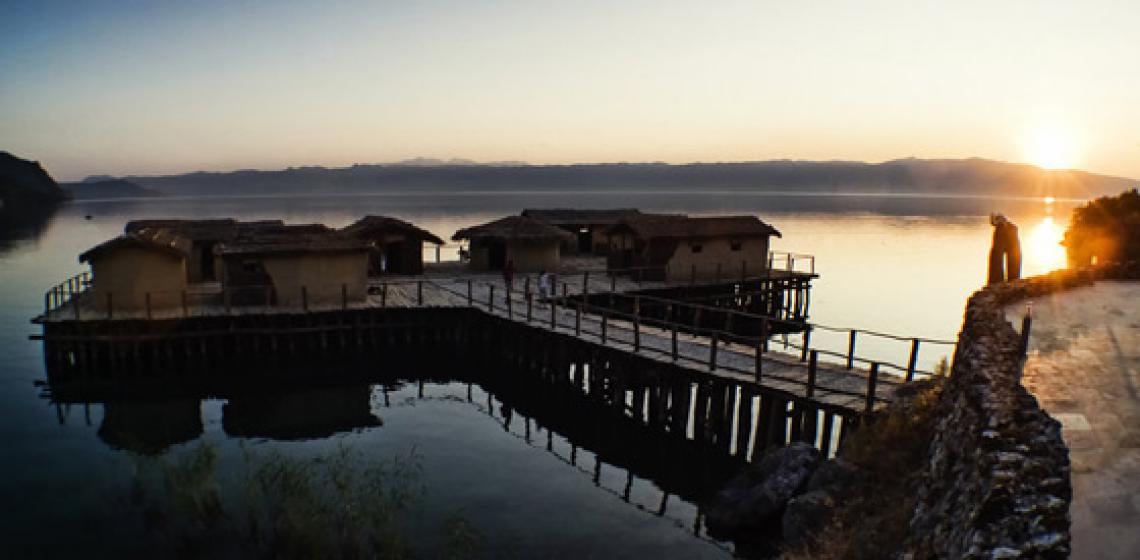Eisenzeithaus Ostercappeln-Venne (DE)
In Ostercappeln, a (re)constructed Iron Age house was built under coordination of Dr. des. Möllers, following the excavations at Holsten-Mündrup in the 1980s by the “Stadt- und Kreisarchäologie Osnabrück”.
In Ostercappeln, a (re)constructed Iron Age house was built under coordination of Dr. des. Möllers, following the excavations at Holsten-Mündrup in the 1980s by the “Stadt- und Kreisarchäologie Osnabrück”...









